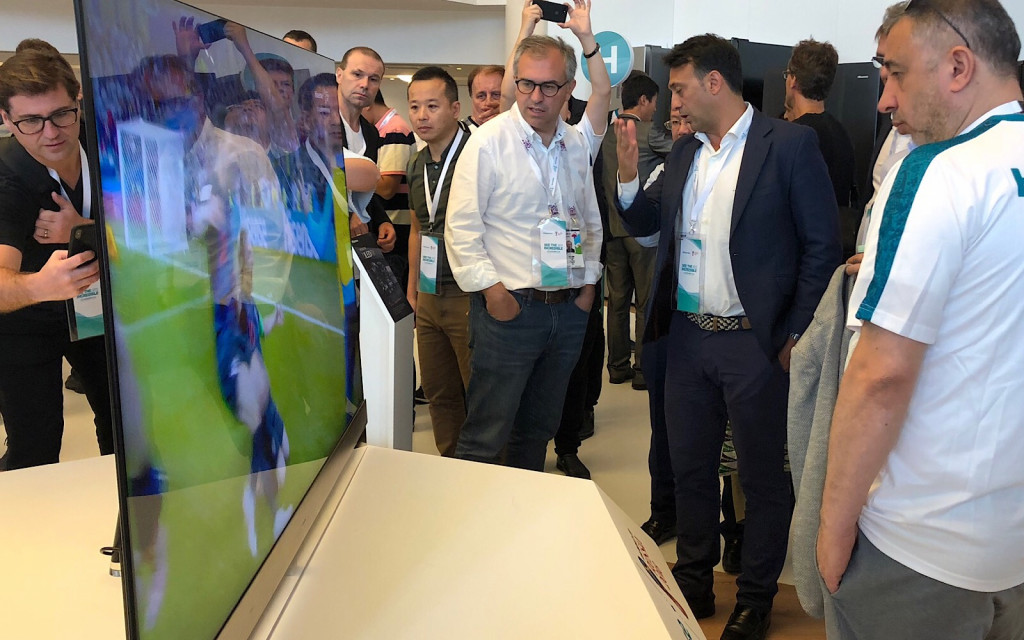OLED may be the direction most TVs are going, but Hisense is convinced its approach to LED can help shape TVs for some time to come.
The technology that allows LED-backlit LCD TVs to make blacks look as good as can be is getting better, as Hisense shows off a development overseas.
Unless you have a TV sporting organic light emitting diodes — those “OLED” TVs you keep hearing about with organic components — you probably have an LED-backlit LCD screen, a display that is exactly what it sounds like, with LEDs sitting behind an LCD panel for light control in various areas.
Depending on how much you’ve spent, the technology may work slightly differently, controlling the light output and changing the zones to curb the brightness and make the screens look as good as possible, improving blacks and details in the dark, while ensuring the rest of the picture has the right contrast and look to it overall.
It won’t quite hold a candle to the way OLED does things, which just switches pixels to an off position when blacks need to be black, but LED-backlit TVs do something else, and the best of them do it in a way that sets the LED backlighting in zones.
For Hisense, that number of backlit zones has been increased this week, announcing its U9D, a new flagship TV sporting a crazy 5376 zones to control the backlight for media appropriately, dimming the light when needed to create a better picture quality in its TVs.
There’s no word on price or availability, but previously Hisense’s largest amount of zones was 1056 in this year’s 75 inch 9 series. Upping it by a good 4000 is a pretty staggering increase, and one that hopefully will see release.
“Display technology is the core of Hisense Technology,” said Hisense’s Ma Xiaohang, Chief Scientist at the company.
“The launch of the U9D will further establish Hisense’s leading position in the global image quality field and make Hisense become a world-class master of imagery.”
As for how the technology will compare to other LED-backlit technologies, only time will tell, but given Samsung’s flagship 2018 4K screens are using a technology that aims to control each lighting pixel individually, it promises to be a technology battle worth watching.








